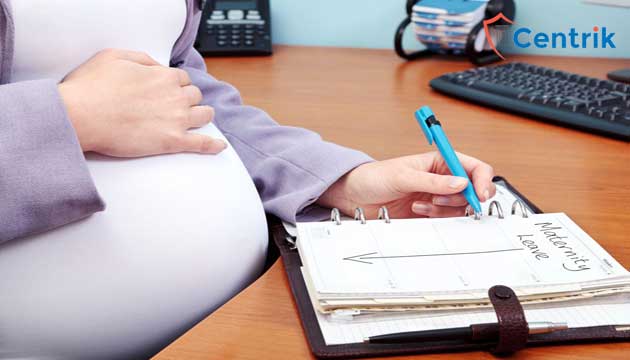
Status as on: 25/06/2023
“The bond between mothers and their children is one defined by love. As a mother’s prayers for her children are unending, so are the wisdom, grace, and strength they provide to their children”
—George W. Bush
Maternity leave is generally granted to the mother of a legitimate child for a maximum period of 26 weeks or 6 months as per Chapter 6 of the Code on Social Security, 2020. The main object of giving this benefit to the mother is that it will protect the dignity of the mother by providing healthy and necessary care to the legitimate child and the mother. The beneficiary has the option to avail of either the leave for a maximum of 26 weeks/6 months or to avail of the monetary benefit as prescribed by the government.
The Hon’ble High Court of Himachal Pradesh in the case of State of Himachal Pradesh v Sita Devi [CWP No. 647 of 2020] declared maternity leave as a fundamental right and the denial of it will be a violation of Article 29 and Article 39D of the Constitution of India, 1949. In this judgement, they envisaged that every woman, irrespective of her employment status, is entitled to get maternity leave. The Corum comprises of Hon’ble Mr Justice Tarlok Singh Chauhan and Hon’ble Mr Justice Virender Singh Remarked in the said judgement that “The respondent in the instant case was a daily wage woman employee at the time of advance pregnancy could not have been compelled to undertake hard labour, as it would have been detrimental to not only to her health and safety but also to the child health, safety and growth. The maternity leave is a fundamental human right of the respondent, which could not have been denied. Therefore, clearly, the action of the petitioner is violative of Articles 29 and 39D of the Constitution of India”.
The court however observed that denying maternity benefits to any woman regardless of the nature of work would amount to a violation of the principle of equality. The court also referred to Municipal Corporation of Delhi vs Female Workers (Muster Roll) & Anr. [Special leave petition (civil) no. 12797 of 1998] where the Hon’ble Supreme Court of India held that provisions of the Maternity Benefit Act, 1961 even applied to women who work on a casual basis, or on a muster roll basis daily wage and not only for those who work on a regular basis.
Further, the court stated that every female and male employee whether they are appointed on a regular basis, contractual basis, ad hoc basis, tenure/temporary basis has a fundamental right to reasonable duration of maternity leave as well as paternity leave, child care leave (CCL) to promote motherhood and child-care under Article 21 of the Constitution of India read with Article 42 of the Constitution of India.
Circumstances for working women in India:
There are always two aspects to anything, thus the growing economy creates pressure on household women to enter the labour force, so their children can have basic needs to stay alive another reason is that such households can have a dual income source. Women have historically been underrepresented in the workforce since its start, but this starting to change. Women are still perceived as needing to take on the majority of household chores and childcare despite working.
When there are children involved or during pregnancy, this situation is made considerably more challenging. Few workers are sympathetic to this situation and are unwilling to provide paid maternity leave or to be flexible with children so that they can take care of the children. It is crucial that there be a rule in place to enforce specific principles to help working women, as many factories and enterprises are indifferent to the special demand of pregnant women. To guarantee that all working women have access to maternity leave, various legislation that has passed like the Employees state insurance Act, of 1948, the Mines Act of 1952, the Maternity Benefit (Amendment) Act, of 2017, and The Maternity Leave Incentive Scheme, of 2018. All these acts and several other labour laws are merged into 4 codes i.e., the Code on Wages, 2019; the Industrial Relations Code, 2020; the Occupational Safety, Health and Working Conditions Code, 2020; and the Code on Social Security, 2020.
Conclusion
To conclude I would say that, looking into the increasing number of working women, and how they are being treated in our society, means how the employers may dominate or be harsh on them, it is important to look after them and at the same time, it is important to look after working women when they pregnant. During pregnancy it is difficult to work due to various biological changes, so it’s the duty of the state to protect both women and the child.
Disclaimer: The above article is based on the personal interpretation of the related orders and laws. The readers are expected to take expert opinions before relying upon the article. For more information, please contact us at rera@centrik.in & ibc@centrik.in




 join For Updates
join For Updates